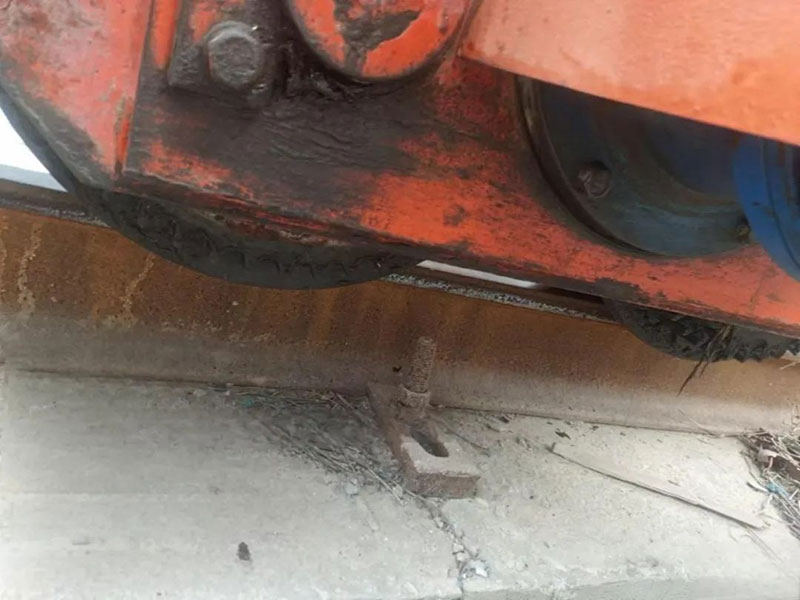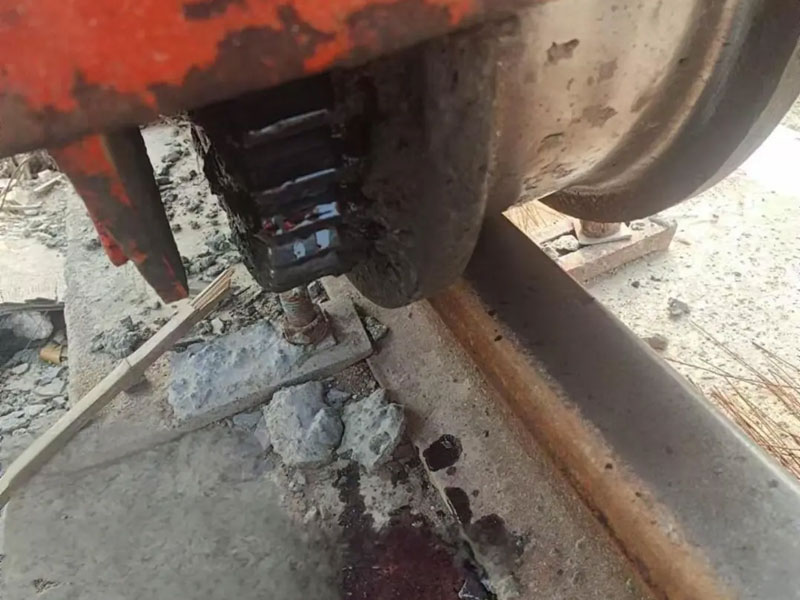As industrial production continues to evolve, the use of overhead cranes has become increasingly widespread across various sectors. To ensure the safe and efficient operation of these cranes, proper maintenance of key components, especially the wheel rails, is essential. Crane wheel rails are critical for the smooth operation of cranes, supporting heavy loads and enabling precise movement. However, over time, these rails are subject to wear and tear, leading to deformation and decreased efficiency. To maintain the functionality and lifespan of crane wheel rails, several key maintenance measures should be followed.
Material and Design Improvements for Durability
Prolonged use of crane wheel rails often leads to deformation, which can affect the crane’s performance. One effective measure is to improve the manufacturing process and material selection for the wheels. By using materials with higher wear resistance, such as alloy steels or hardened metals, the wear and deformation of both wheels and rails can be significantly reduced. Additionally, the wheel design should be reconsidered, ensuring that it is optimized for better compatibility with the tracks, thus minimizing friction and wear.


Lubrication for Smooth Operation
Friction between the wheels and rails is inevitable during crane operation. To reduce the adverse effects of friction, it’s important to apply lubrication to the wheel rails regularly. Lubricating the tracks helps reduce wear, prevents rust and corrosion, and enhances the overall lifespan of the wheels and rails. This proactive measure ensures that the crane can operate smoothly, with minimal risk of damage from friction.
Drive System Optimization
In cranes with multiple drive systems, it’s important to ensure that each wheel is properly driven. Misalignment or failure in one of the drives can lead to uneven load distribution and abnormal wear on the tracks. To avoid these issues, ensure that each wheel is driven independently and that the system is regularly checked for alignment and functionality. This helps prevent the transmission errors that could damage the wheel rails over time.
Regular Inspections and Maintenance
Regular inspections and maintenance are crucial for identifying early signs of wear or deformation in the wheel rails. Scheduled maintenance can help detect small issues before they escalate into major failures, reducing the risk of unscheduled downtime and expensive repairs. Routine checks should focus on the alignment, lubrication, and structural integrity of the rails and wheels.
Post time: Dec-24-2024









